
// XOR (2016 - 2020)
As part of its research the Institute has amassed a large collection of artworks and cultural artefacts which run counter to accepted notions of artistic, social and intellectual development. One of the most notable parts of the collection is a series of pieces which seem to bare testament to a hidden cabal of artists who were aware of an ancient device known as XOR or ‘The Divisor’.
The School of Athens
Raphael, 1509
In the summer of 1992 the Lambent Institute was granted the rare grace of access to the Apostolic Palace within the Vatican City in order to document several of the artworks within. This research opportunity returned many valuable insights, however, one of the most striking revelations came from the x-radiography of Raphael’s The School of Athens: The newly revealed original composition for the piece appears to show a Sphinx-like creature asleep on the steps of the school which now lays in ruins. Through the arches behind the slumbering form a distant city burns.

The School of Athens, digital print on dibond
The Sphinx features prominently in Greek legend, although she was originally foreign to Greece and in mythology derives from a time before the rule of the Olympians. Her most famous depiction is perhaps in the myth of Oedipus, where she accosted travellers on the road to Thebes, asking them a riddle and devouring all who could not answer.
Oedipus, in answering her riddle “man”, bested her with his logic. But it appears in Raphael’s scene she has had her revenge, laying content amid the ruins of the pre-eminent temple of logic. Evidently this was not what the church had in mind, and no record of this original composition remains, indeed the Vatican promptly expelled the Institute researchers when presented with these images.

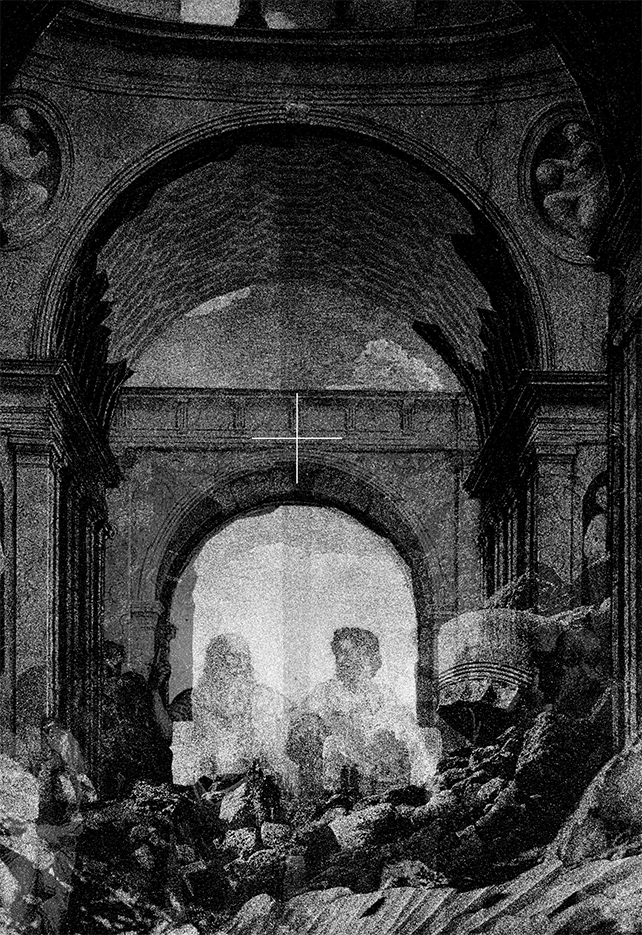
Although not referenced directly in the piece, Institute researchers have found reference in Raphael’s letters to his patrons in the Vatican that he was aware that the church held, and might still hold, pages detailing XOR. In the communications Raphael repeatedly makes reference to ‘il divisore’, and a ‘sleeping beast’ within the heart of the Vatican, which would seem to be the inspiration behind his composition.
St Francis in Prayer
Unknown, c.1650
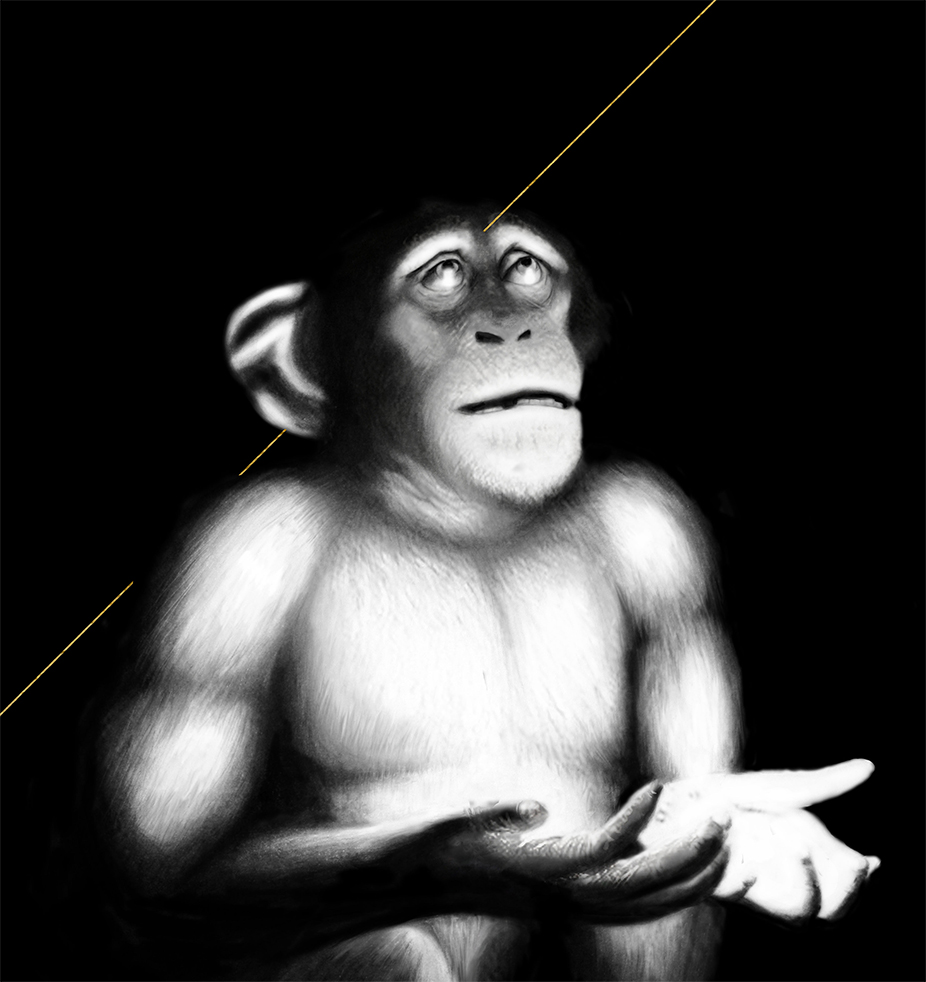
The Prophet, charcoal and gold leaf on paper
Two centuries before Charles Darwin made famous the idea that humans and chimpanzees shared a genetic ancestor this work was produced by an unknown artist. It was reportedly smuggled from the Vatican Apostolic Archive in the early 18th century and passed between various private collectors until the Institute’s acquisition in 2001.
Although officially the title of this piece remains unknown, the Institute research staff are confident that it at least references the numerous works depicting Saint Francis of Assisi in meditation. The use of dramatic chiaroscuro is common to both Francisco de Zurbaran and Caravaggio’s renderings of St Francis, as is the pose: kneeling (or in this case squatting) with upturned gaze. Frances was famed for his love of nature and view that all animals were brothers and sisters. Today he is patron saint of ecology. This might have had some baring on the choice of subject.
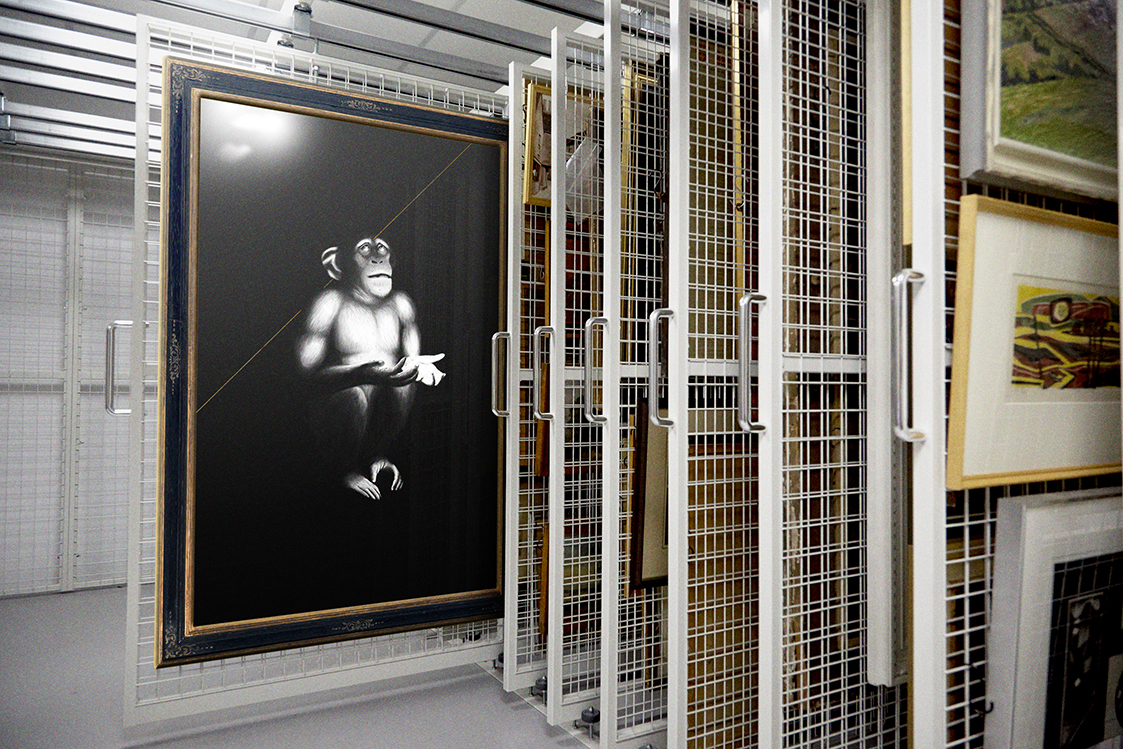
The gilded light ray from heaven is a motif of early renaissance paintings, most notably the depictions of the Annunciation as conceived by Titian, Fra Angelico and Carlo Crivelli. In those images the ray represents the coming of the Holy Spirit and the conception of Jesus as it alights on Mary’s forehead.
Here, however, that divine seed appears to pass right through its expectant recipient, who is left empty handed. This gesture is a deviation from the usual depictions of the saint which have him clasping hands in prayer, or clutching a skull, representing his contemplation of mortality. The combination perhaps adds to the heresy of the image, as the entreaty to the divine appears to go unanswered or unheeded.
Conversely, the extension of the light ray raises the possibility that it originates not from the top right of the composition, but the bottom left, approaching the unsuspecting ape from behind. In this interpretation the ape’s expression turns from one of expectation and loss to surprise and confusion.
On the verso of the work is the latin inscription ‘Divisore bipartito finditur animum’, which translates as ‘The Divisor splits the mind’.

An Experiment on a Bird in the Air Pump
Joseph Wright of Derby, 1769
From these and other references to the Vatican Apostolic Archives it seems likely that there was a concerted effort by the Catholic Church to suppress any reference or knowledge of XOR, however this evidently only managed to be partially successful. Several lesser known works by otherwise prominent artists of the eighteenth and nineteenth centuries display striking similarities in both form and subject matter. While it may be the case that these artists influenced each other organically, the lack of documented evidence for their interaction suggests that the interplay of ideas was instead clandestine.
This version of Wright’s work An Experiment on a Bird in the Air Pump, titled Non-Divisor appears to have been completed after the more traditional version. Wright, who was renowned for his use of colour and light, here seems to deconstruct both with the bird in the vacuum jar and lit jar in the foreground of the table split into a multitude of chromatic images.
The geometric form which hovers in the background is the most stark addition to the piece from the more commonly known version. It is a menacing void which threatens to swallow the entire scene, and flips the tone of the image from one of positivity around the enlightening sciences, to one of almost Lovecraftian unease about the unknown reaches of rationality.
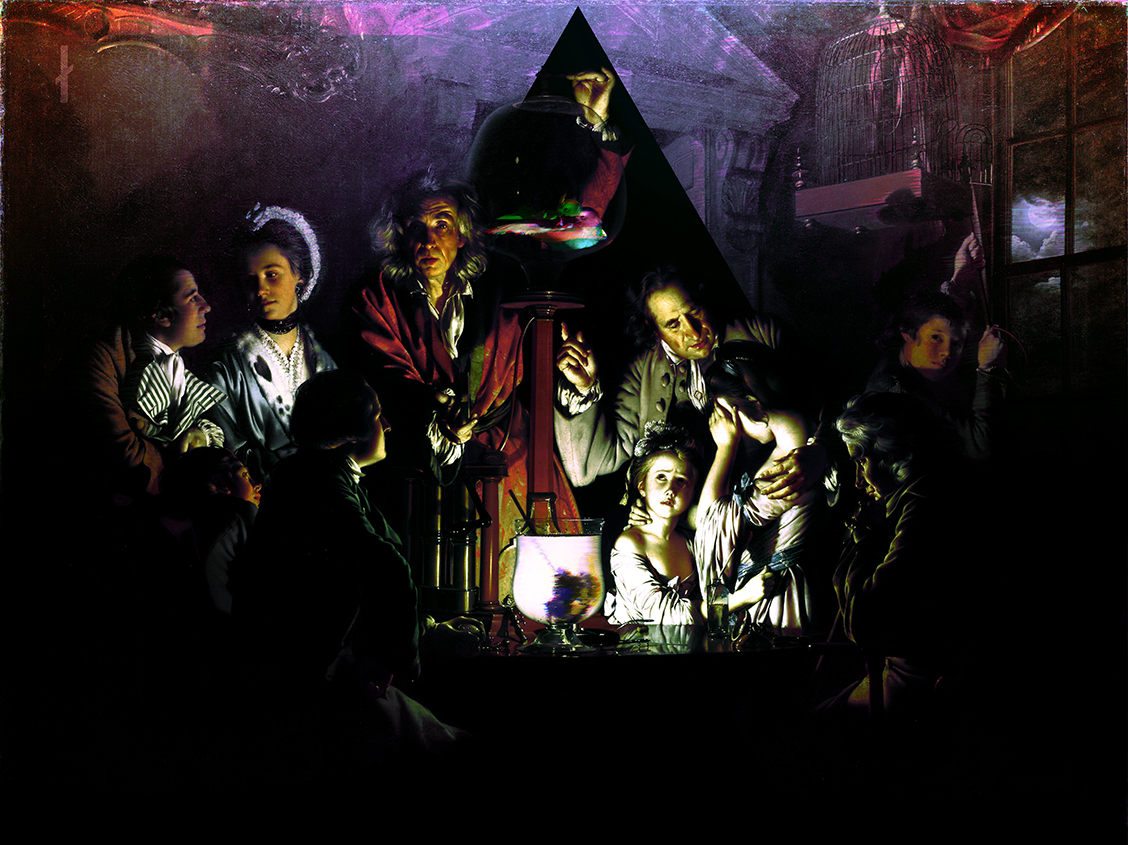
Non-Divisor, digital print on dibond
The Last Day of Pompeii
Karl Bryullov 1827-1829
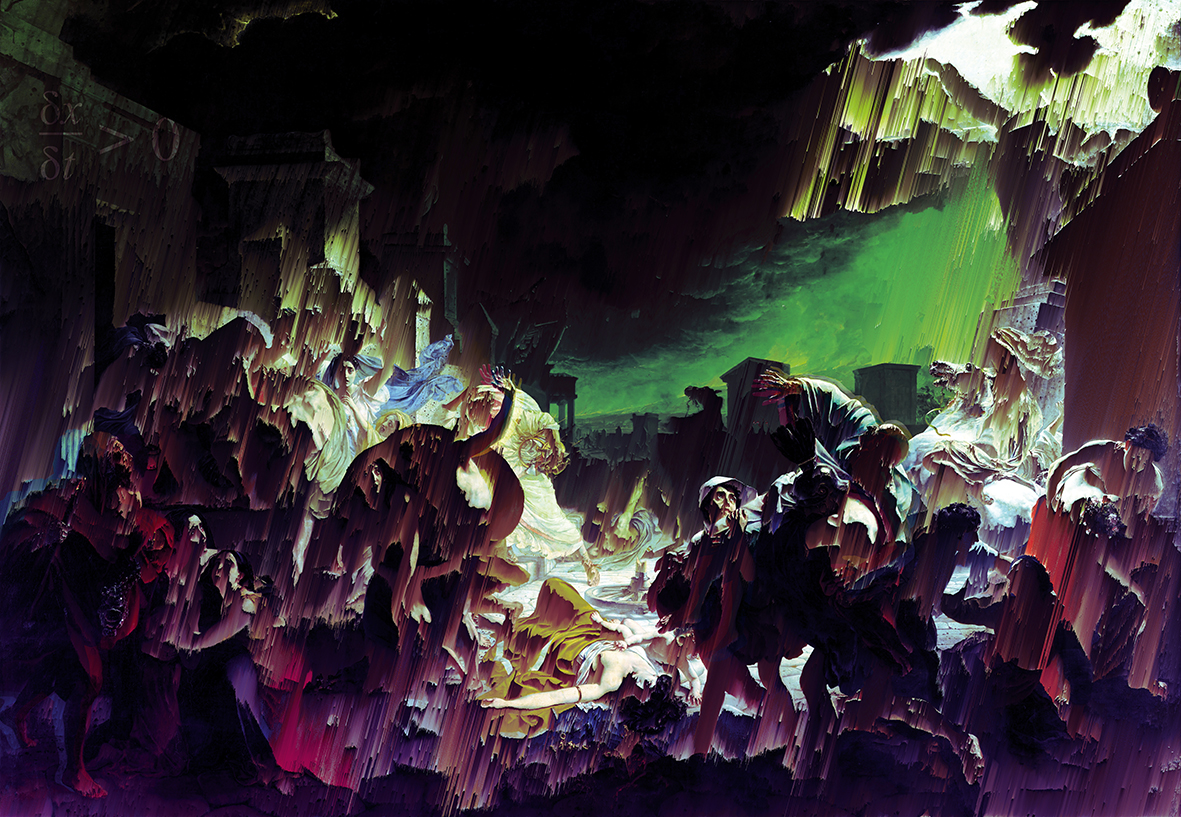
Unbounded State Variable, digital print on dibond
This is a preliminary painting of Bryullov’s composition which currently hangs in the Russian State Museum, Saint Petersburg. In this smaller version it is not Vesuvius which visits destruction on the inhabitants of Pompeii, but the very fabric of their reality which appears to sheer and distort. The ground and sky both erupt into and through the doomed figures, rending their forms.
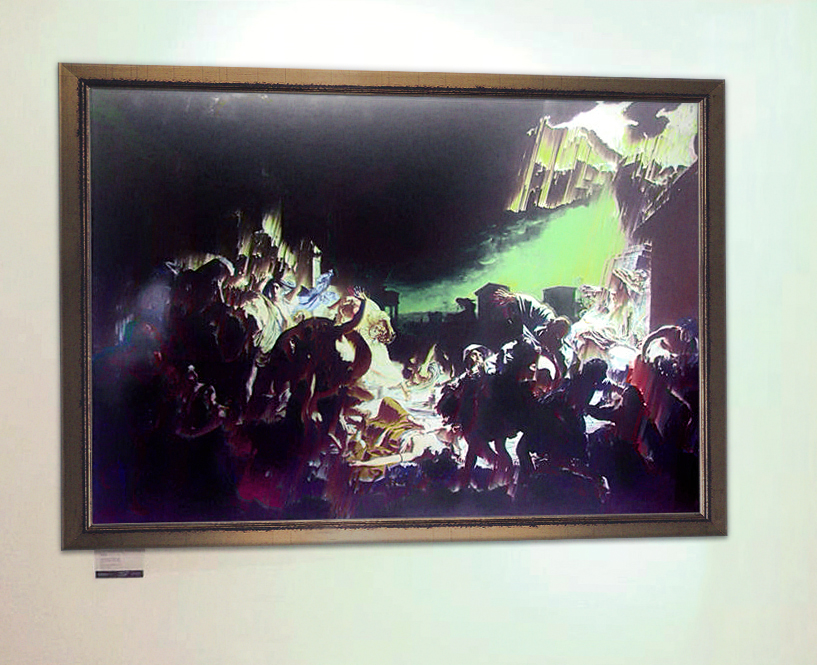
Bryullov was familiar with The School of Athens, citing it as an important inspiration to this piece. It seems doubtful that he could have been aware of Raphael’s first composition, yet the subject matter - the destruction of the classical world - is strikingly similar.
Institute researchers as of yet have found no connection between Bryullov and Wright of Derby, despite the evident similarities between their use of striated techniques, and the unusual sickly green tone which pervades the light in both men’s work.
Both works also share the presence of an esoteric symbol just visible in the top left corners, which would seem to be far too coordinated to be mere coincidence, and lends weight to the theory that an as yet undocumented fraternity of artists was present in Europe from at least the eighteenth century.
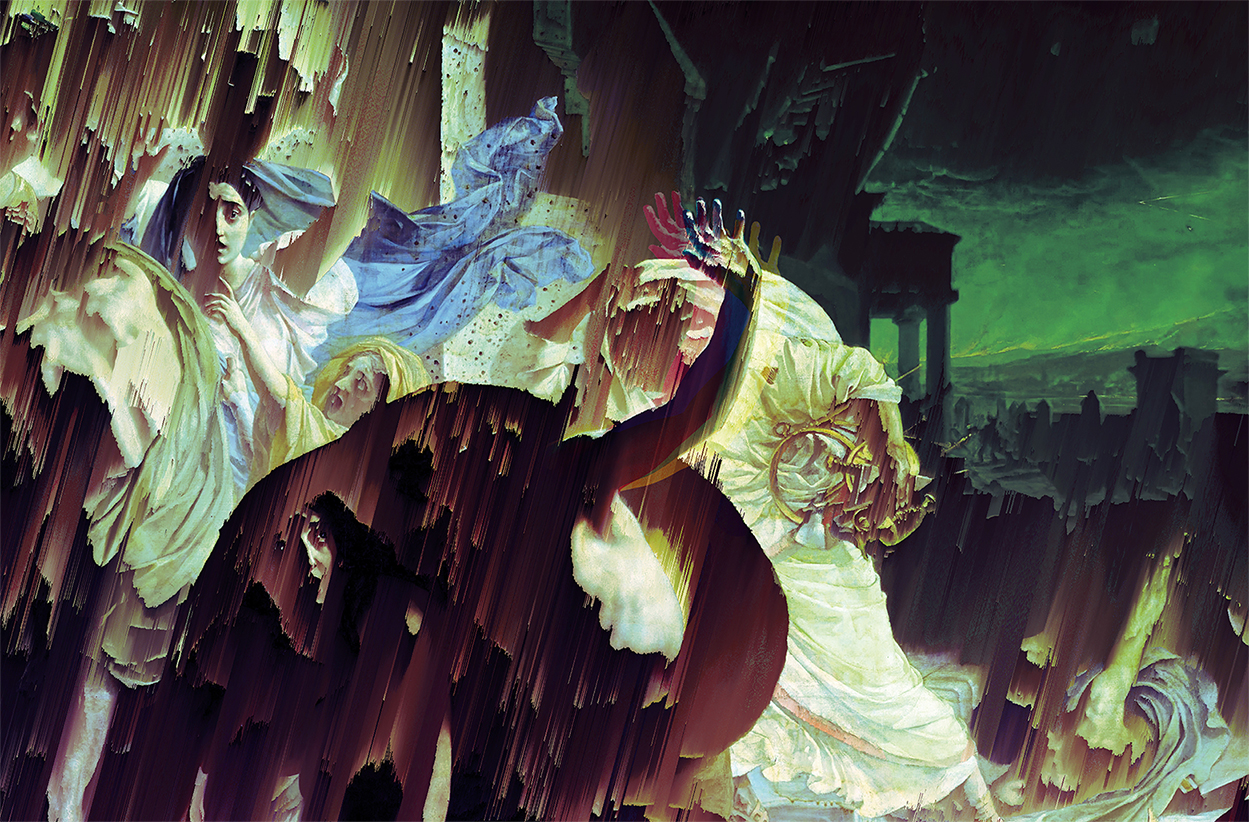
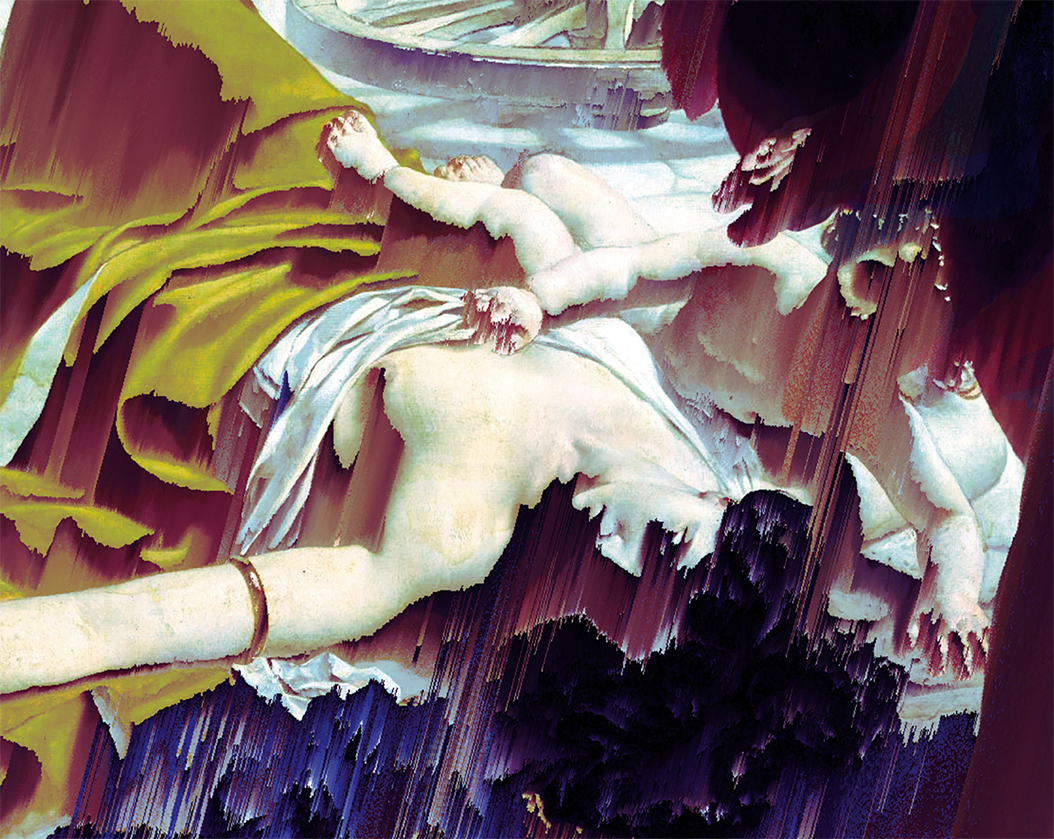
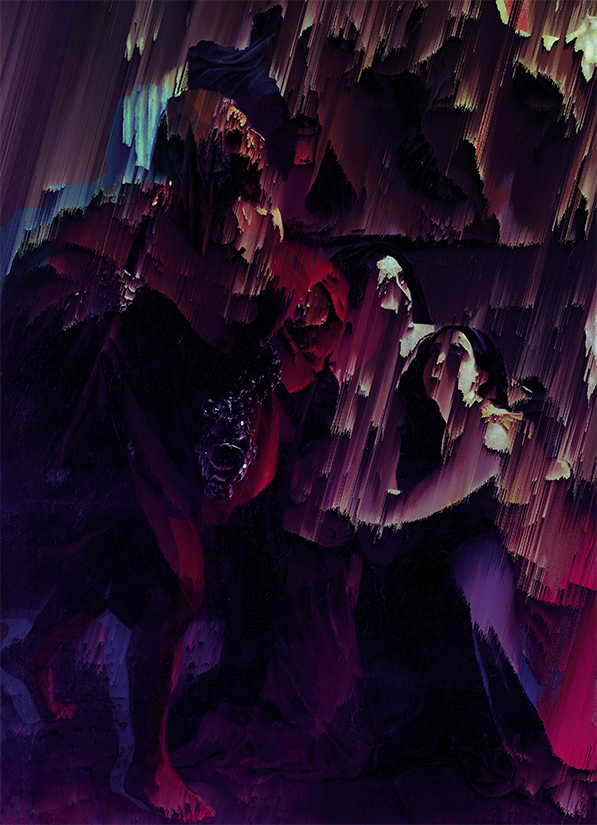
The Ustyurt Fragment
c. 5th century CE
The only direct evidence of XOR so far uncovered by the Institute is a single page of gilded vellum. Unearthed in 1903 at an archeological dig near Ustyurt in what is today Kazakhstan, this miraculously well preserved page was a part of a much larger document. In total 63 pages were recovered on the dig, though the whereabouts of the other 62 are currently unknown to the Institute team.
Drawn in meticulous detail, the page provides a schematic of a large cylindrical device, which is incredibly complex given that radiocarbon dating of the vellum places the fragment’s origins in the fifth century CE. The script appears to be a derivation of cuneiform, although the date of the page’s inscription puts it three centuries after the waning of the script’s widespread use, leading researchers to hypothesise that it was employed here as a cypher.

Fragment, gold leaf on vellum
The only text not encrypted in this manner made reference in Greek to ‘διαιρέτη μηχανή’, or ‘divisor machine’, this text however, was inscribed on one of the lost pages, and only appears as a reference in the dig logs. With only a limited amount of text to study and lacking a key the Institute has thus far been able to decode the annotations on the diagram.
Despite the Institute’s best and continuing efforts, they have been unable to ascertain the origin of the fragment, or for what use the device depicted was conceived, although remarkably, the diagrams depicted bear a striking resemblance to the ATLAS machine, located at the CERN facility in Switzerland.